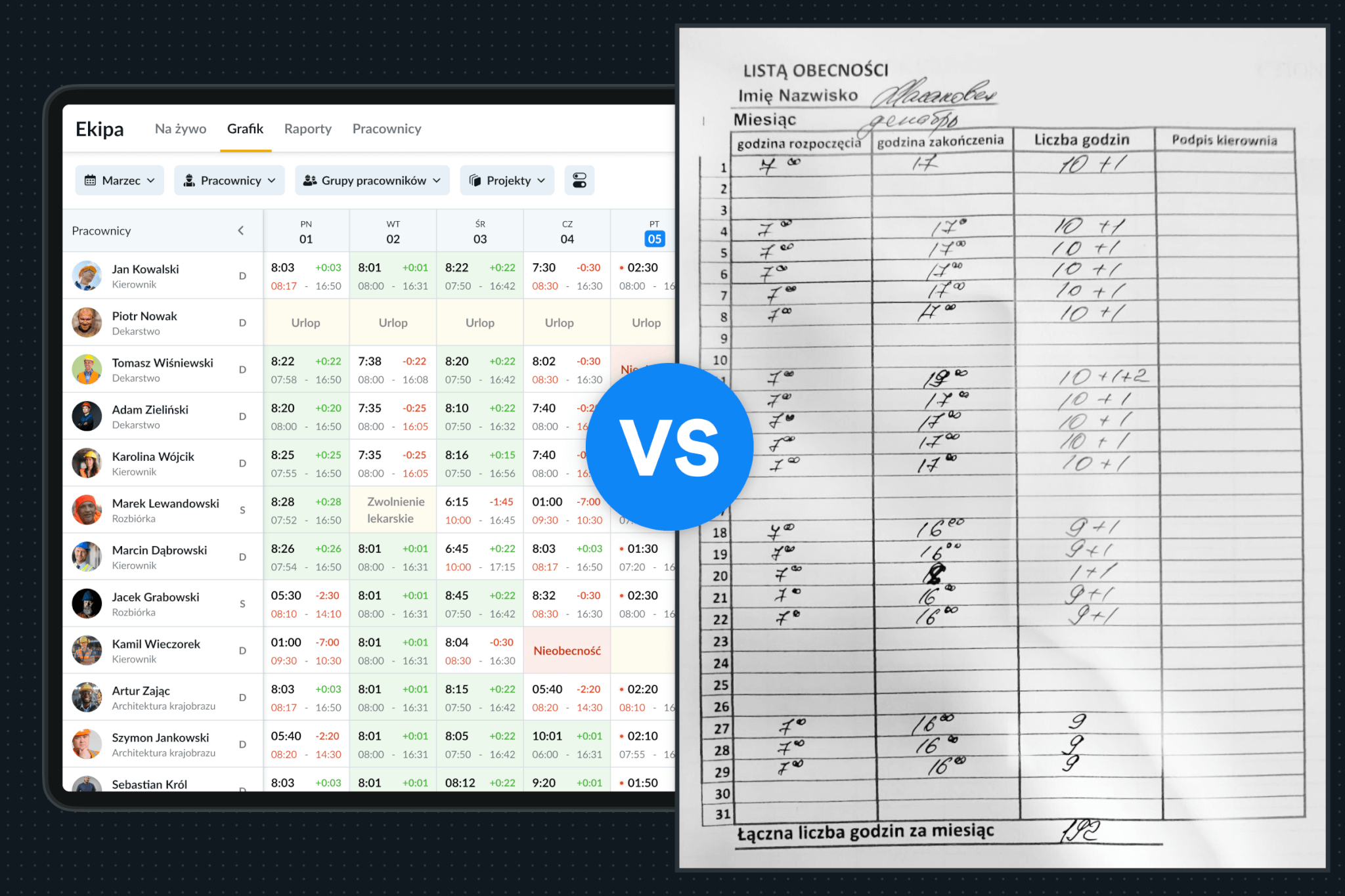Top 7 Reasons You Should Avoid Using Construction Softwares
Even though the construction sector is becoming more digital quickly, many construction sector teams are still hesitant to use new tools.
While paper, spreadsheets, and manual methods feel familiar, they carry hidden risks that can harm productivity, budgets, and long-term growth. Below are the top 7 reasons construction companies often avoid software and why these reasons may be holding them back.
Table of Contents
Comfort with old habits
Many construction teams have been relying on paper forms, spreadsheets, or simple checklists for decades. This familiarity creates a psychological barrier: if something “has always worked,” there’s no immediate incentive to change it. Managers may worry about the disruption that comes with transitioning workflows to software, fearing it could slow down projects temporarily. Habits feel safe, and the idea of re-training staff or redesigning processes can seem like more trouble than it’s worth.
“We’ve always done it on paper or Excel; switching seems unnecessary.” → Hidden risk: inefficiency and errors
Sticking to paper or Excel might feel safe, but these methods are prone to mistakes, misplacement, and inconsistent data. Over time, small errors like misrecorded hours, missed safety checks, or lost permits add up to delays, fines, or budget overruns. Comfort comes at the cost of control and visibility, which software can provide in real time.
See also Construction lost as much as $40B on poor productivity in 2022

Perceived complexity
A frequent objection is the fear that construction software will be too complex to use. Site managers may imagine dozens of menus, confusing dashboards, or features they won’t understand. The intimidation factor can be enough to avoid testing software altogether. There’s also anxiety about ongoing maintenance, software updates, and the potential need for IT support, which reinforces the belief that “it’s simpler to stick with what we know.”
Fear the software will be too hard to learn or adopt → Hidden risk: missed opportunities
Avoiding software because it “seems complicated” means missing out on tools that could simplify scheduling, procurement, and compliance. Modern construction apps are designed to be intuitive, and initial learning curves are usually small compared to the time wasted on manual tracking or double-checking records. Fear of complexity often keeps teams trapped in inefficient routines.
Learn more in Why Construction Still Lags in Digital Adoption
Cost concerns
Software subscription fees or one-time licensing costs are a clear concern, particularly for smaller crews with tight budgets. Decision-makers often focus on visible, immediate expenses rather than hidden savings from efficiency, fewer errors, and reduced rework. ROI may feel abstract, and without seeing an immediate payback, investing in software can seem unjustified.
Worrying about subscription fees or ROI, especially for small crews → Hidden risk: greater financial loss
Subscriptions and licenses may seem expensive upfront, but the hidden costs of paper-based management—lost hours, untracked labor, rework, misplaced tools, compliance fines—often exceed software costs. For small crews, every hour saved or mistake avoided can cover the subscription many times over. (See also The Real Cost of Poor Site Management). Ignoring this is like refusing insurance because you hope nothing will go wrong.
Resistance from crews
Even if managers are willing, field teams often resist mobile apps or digital tools. Workers may perceive them as intrusive, time-consuming, or as extra bureaucracy on top of physical labor. Older crews might struggle with smartphones or apps, while younger crews may simply prefer face-to-face communication. Resistance can lead to partial adoption, undermining the benefits of the software.
Fear that field teams will reject using a mobile app → Hidden risk: fragmented workflows
If crews aren’t using apps consistently, managers lack real-time visibility into site conditions, safety compliance, and resource allocation. Partial adoption can create gaps, miscommunication, and prevent proactive problem-solving. The real risk isn’t resistance itself—it’s the missed opportunity to unify the team under one efficient system. See how to Save Time in Construction Project Management.
Underestimating losses
Some construction companies assume that lost tools, missed hours, or mismanaged records are minor inconveniences rather than costly inefficiencies. They may not track the cumulative financial impact of small mistakes, like time spent reconciling schedules or replacing lost equipment. Because the losses are invisible or infrequent, the perceived value of software seems low, even though small inefficiencies compound over time.
Belief that lost tools or untracked hours aren’t a big deal → Hidden risk: compounded inefficiency
Ignoring small inefficiencies like lost tools, untracked hours, or mismanaged documents—creates hidden, recurring costs. Over a single project, these might seem minor, but across multiple sites and months, they can reach thousands of euros. Software tracks everything automatically, turning invisible losses into actionable insights.

Integration worries
Introducing software into a construction business often raises fears about compatibility with existing systems, like accounting, ERP, or project management tools. Managers worry about double entry, data migration issues, or incomplete integration. This anxiety can make software adoption seem risky, especially if they fear disrupting workflows that “already mostly work.”
Anxiety that new software won’t fit with existing workflows or accounting systems → Hidden risk: data silos and manual work
Worries about compatibility are real, but avoiding integration keeps processes fragmented. Manual entry between accounting, HR, and project systems leads to errors, delays, and double work. Software that integrates properly prevents these inefficiencies and improves reporting, decision-making, and compliance.
Short-term thinking
Finally, construction teams often prioritise immediate convenience over long-term benefits. Paper forms and Excel sheets are fast for a single task today, even if they create inefficiencies over weeks or months. The subtle but critical advantage of software real-time reporting, compliance tracking, and transparency is often undervalued because the payoff isn’t instant. Short-term thinking favors familiar methods, leaving digital transformation on hold.
Read how Digital Tools Improve Construction Productivity
Prioritising immediate convenience over long-term efficiency, control, and transparency → Hidden risk: falling behind competitors
Prioritising immediate convenience over long-term efficiency often means sticking to reactive management instead of proactive control. Competitors who adopt software can optimize scheduling, reduce downtime, and enhance transparency, gaining a competitive edge. Short-term thinking sacrifices strategic advantage for a false sense of ease today.
Conclusion
Avoiding construction software may feel comfortable in the short term, but it exposes teams to inefficiency, higher costs, and competitive disadvantages. By recognising the hidden risks behind common objections, managers can make more informed decisions and unlock the benefits of digital tools. Embracing technology help to proof construction businesses against inefficiency, errors, and lost opportunities.
